Southern Caribbean region offers up non-stop nature delights
Peterborough Examiner – August 5, 2022 – by Drew Monkman
Deciding to return to Costa Rica this past winter was not difficult. A big part of my attachment to this country comes down to the way it elevates all the senses. Your eyes are treated to colossal trees festooned with ferns and bromeliads; flowering shrubs like bougainvillea and fuchsia; colourful exotic birds in every garden and streaming overhead; giant blue morphos butterflies dancing on the wing; columns of leaf-cutter ants crossing pathways; geckos peering from tree trunks; black and green poison dart frogs hopping about in the leaf litter; huge fireflies lighting up the inky darkness; and beaches and forests of stunning beauty.
Your ears are regaled by non-stop, boisterous bird song, much of it courtesy of parrots and toucans; by the booming roar of howler monkeys; by the buzzing of cicadas; and, at night, by the gentle calls of frogs and the pounding surf of the ocean. Your nose comes alive to the scent of ylang-ylang trees; the pungent humidity; the aroma of fresh coffee; the tang of the ocean air; and the earthy, verdant smell of the rainforest.
Costa Rica is also the feel of slippery, clay mud on a forest path; the cool dawns; the blazing sun; the ocean breezes; and your pounding heart as you stumble across a rare bird perched only metres away. It’s also the taste of gallo pinto, a daily staple of rice and beans spiced up with coriander, peppers, and onions; and refresco, a heavenly beverage of fresh fruit like mango or papaya blended with ice. The country is a fruit-lover’s paradise.
But not all is idyllic. Your senses must also deal with the ugliness of litter; the smell of steaming garbage; the noise of weed-wackers and barking dogs; and the constant assault to your skin from tropical heat, high humidity, and insect bites. I should also mention untangling yourself from the toughest threads of spider web you’ll ever encounter!
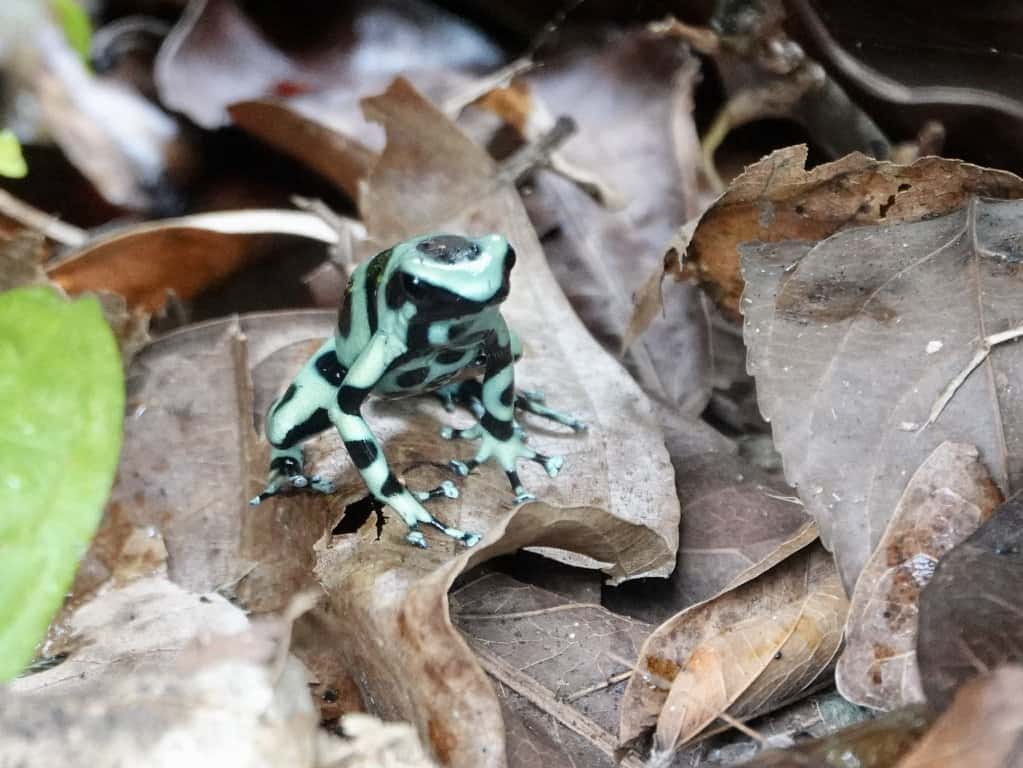
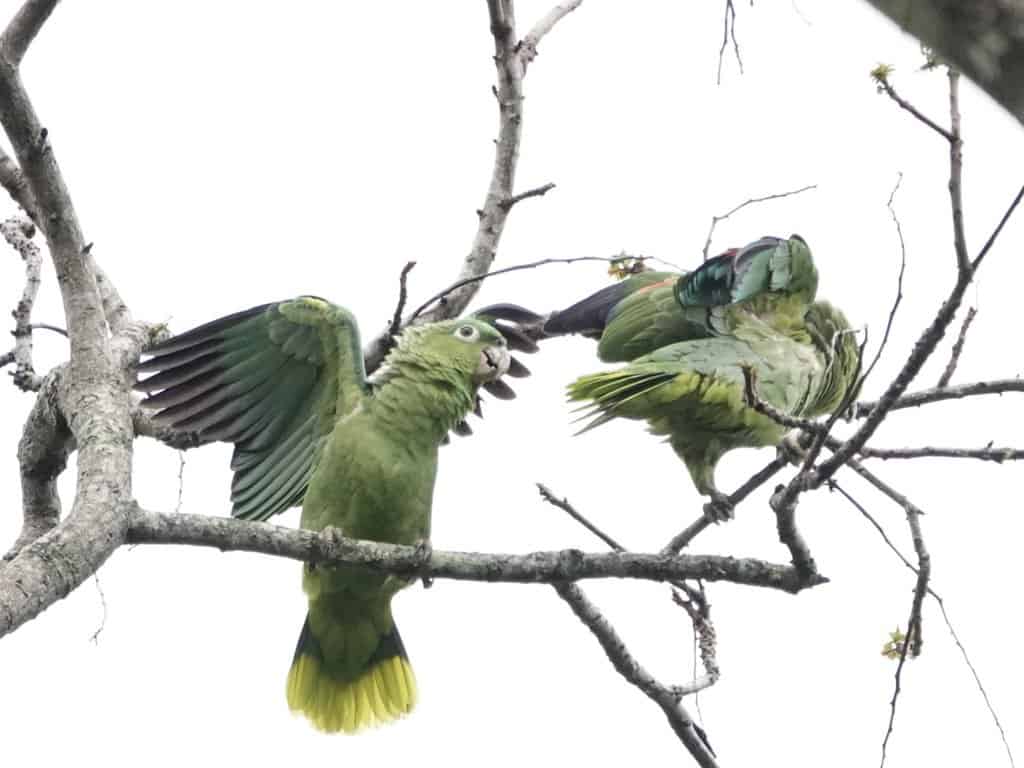
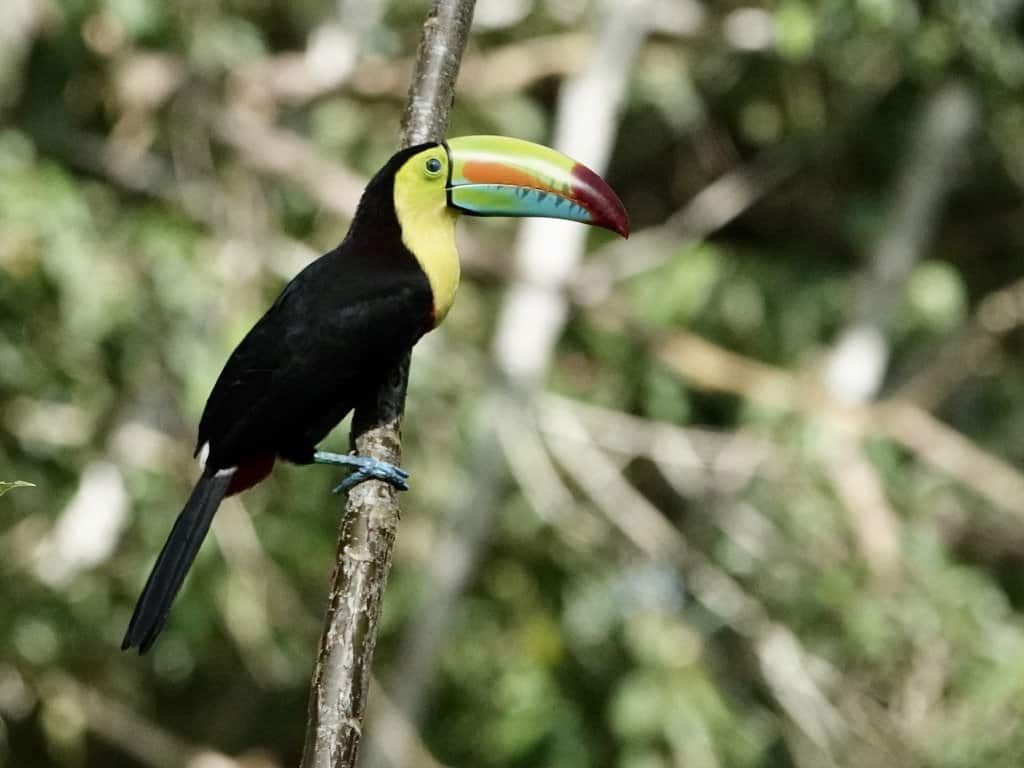
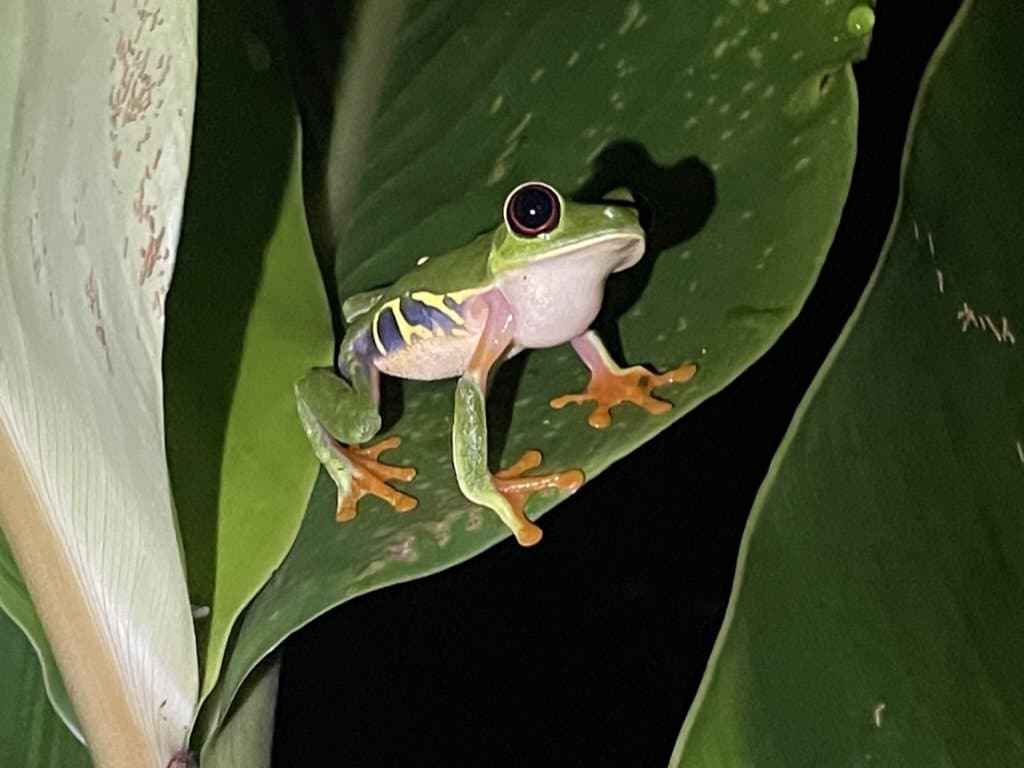
Canton of Talamanca
Our destination was once again the area around Puerto Viejo de Talamanca, located on the southern Caribbean coast. The region is home to Costa Rica’s Afro-Caribbean community – the descendants of workers who came here from countries like Jamaica at the end of the 19th century. Although fluent in Spanish, many also speak “Limon Creole”, which is a dialect of Jamaican Patois. This area is also home to the country’s most prominent and culturally intact indigenous groups who inhabit the Kekoldi, Cabecar and Bribri territories.
We opted this year to stay in three different locations for two weeks each. The first was Playa Chiquita, a few kilometres east of Puerto Viejo. Nestled among flowering shrubs and gardens, the house was only a five-minute walk to the ocean through a forest of towering trees. The path ended at a lovely, tranquil beach where we could sit under beach almond trees and simply relax.
A highlight of each morning was sitting on the balcony – a cup of rich Costa Rican coffee in hand – and enjoying close up views of secretive species like bay wrens and antshrikes. One of the most memorable moments was watching a hook-billed kite – a kind of hawk – eating a snail while perched no more than four metres away.
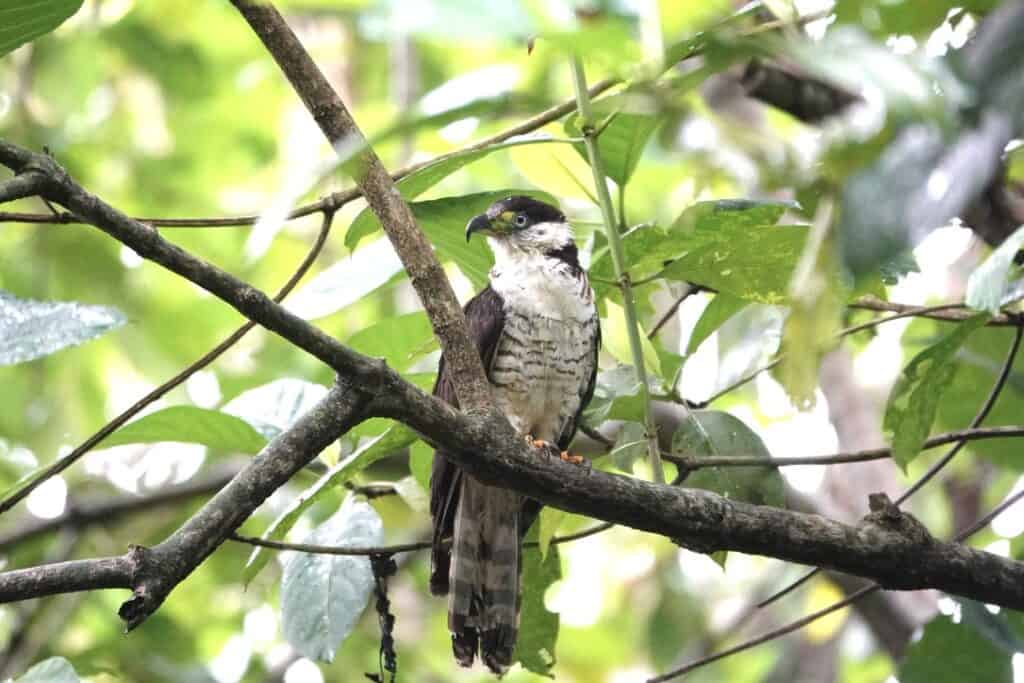
The property manager, Gilberto, always let us know when interesting animals showed up such as an entertaining troop of capuchin monkeys. The fact that he spoke no English – but loved to talk – made for regular opportunities to practice my language skills. Being able to speak with local people in Spanish is something I find extremely rewarding.
Vulnerable sloths
Sloths, too, were a regular sight. But all is not well for these iconic species. We learned more about their plight at a Sloth Conservation Foundation fundraiser. The executive director, Dr. Rebecca Cliffe, is probably the world’s leading expert on sloth biology and ecology – and she’s only 32. It was exciting to meet and talk with her.
The organization was raising money to purchase trail cameras for a study comparing urban sloths, such as those in Puerto Viejo, to those living in forest habitats. The goal is to help sloths and humans to peacefully coexist. Sloths face a host of threats ranging from dog attacks and road mortality to power lines and housing development. You can learn more at https://slothconservation.org/
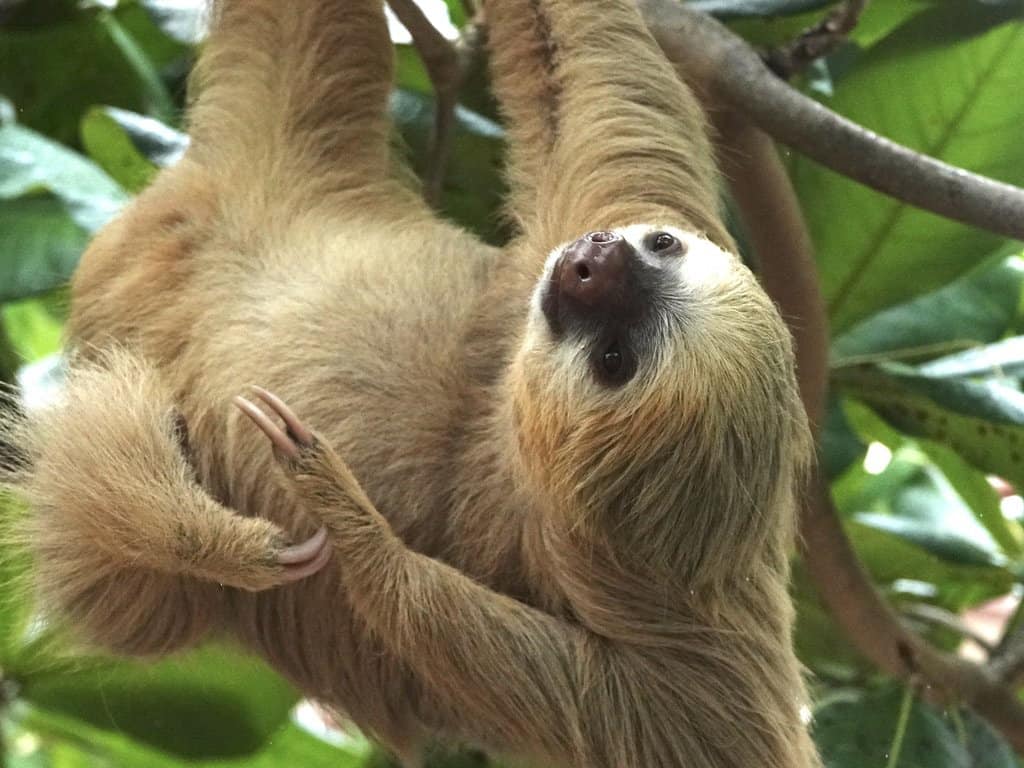
Nesting macaws
We were thrilled to learn that a conservation program known as the Ara Project has been successful in re-establishing a breeding population of great green macaws in the region. We had visited the project site in 2018 but the captive-bred birds were not yet nesting or finding food on their own. Now, we were seeing independent, raucous flocks every day. Their harsh “aak, raak” is one of the loudest bird calls I’ve ever heard.
Even more exciting, a pair was nesting in a tree not far from the house. About a metre in length and garbed in a lovely blend of green, blue and red, we had incredible views of the male and female as they stood guard by the nest cavity. It’s so heartening when conservation programs such as this are successful.
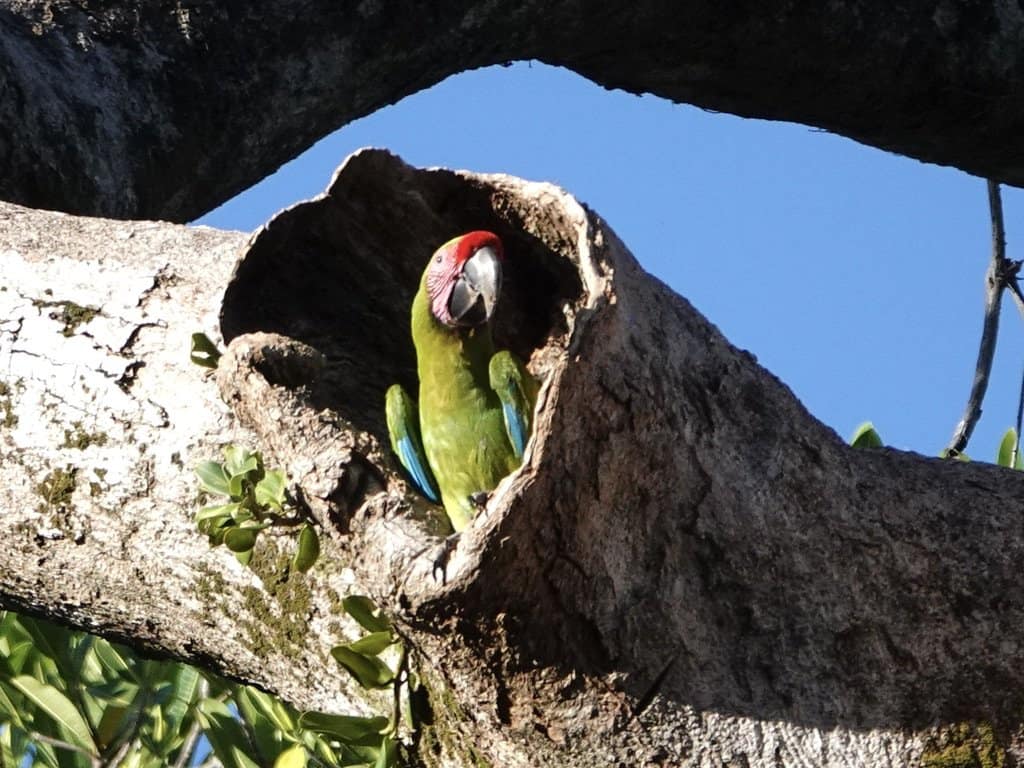
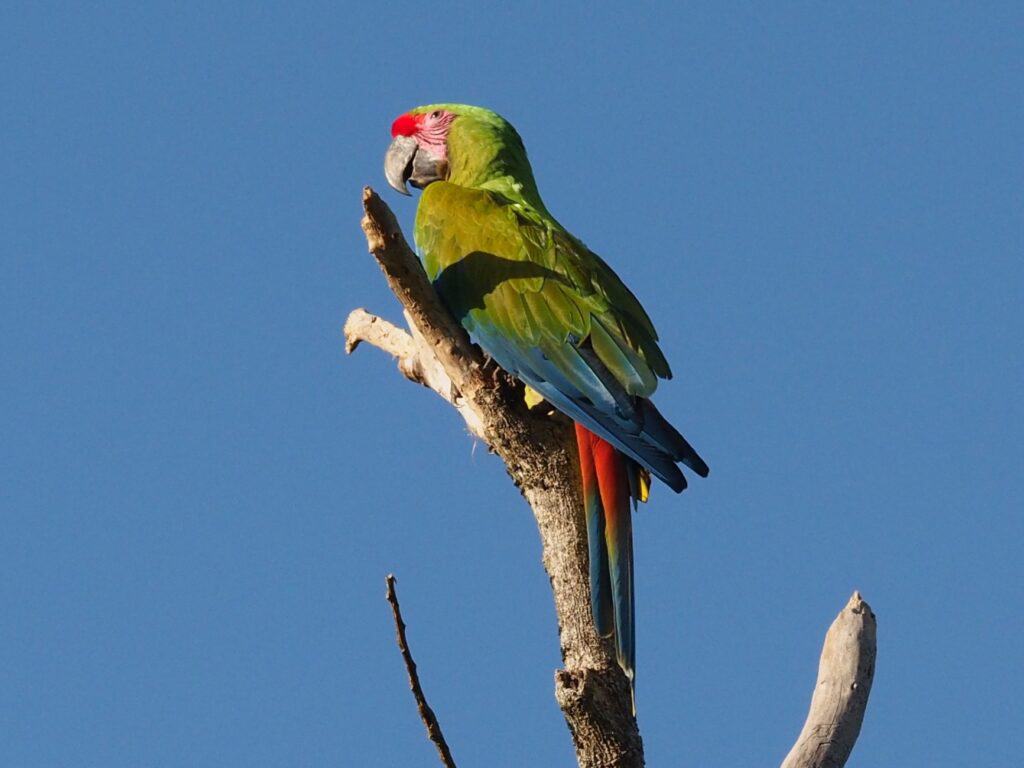
Bird Overload Disorder
Where to start when describing birding in Costa Rica? Maybe an excerpt from my diary provides a taste. “As I positioned myself to get shots of oropendola nests in the gentle, morning side-light, a masked tityra caught my eye as it flew across a hydro cut and landed among the orange blossoms of a poró tree. But as I raised my binoculars, I was immediately distracted by a flock of migrating Swainson’s and broad-winged hawks soaring only 10 metres overhead. While trying to photograph the hawks, my attention was further diverted by a pair of noisy chachalacas scolding me from a low branch and then by a flash of red and black as a stunning male scarlet-rumped tanager flew in and posed right in front of me. All the while, trogons and woodcreepers were calling from the forest as honeycreepers, tanagers, and orioles flitted about in the flowering crowns of trees.”
What do you do? Strain your neck to scan the treetops? Try for another photograph? Consult the Merlin bird app to check an identification? I know I should try to relax and fully grasp the richness of the moment, but it’s not easy. “Bird Overload Disorder” is a clear and present danger in Costa Rica!
What is certain, however, is how privileged I feel to have experiences such as those I’ve just described, especially at a time of such chaos in the world. To be continued.
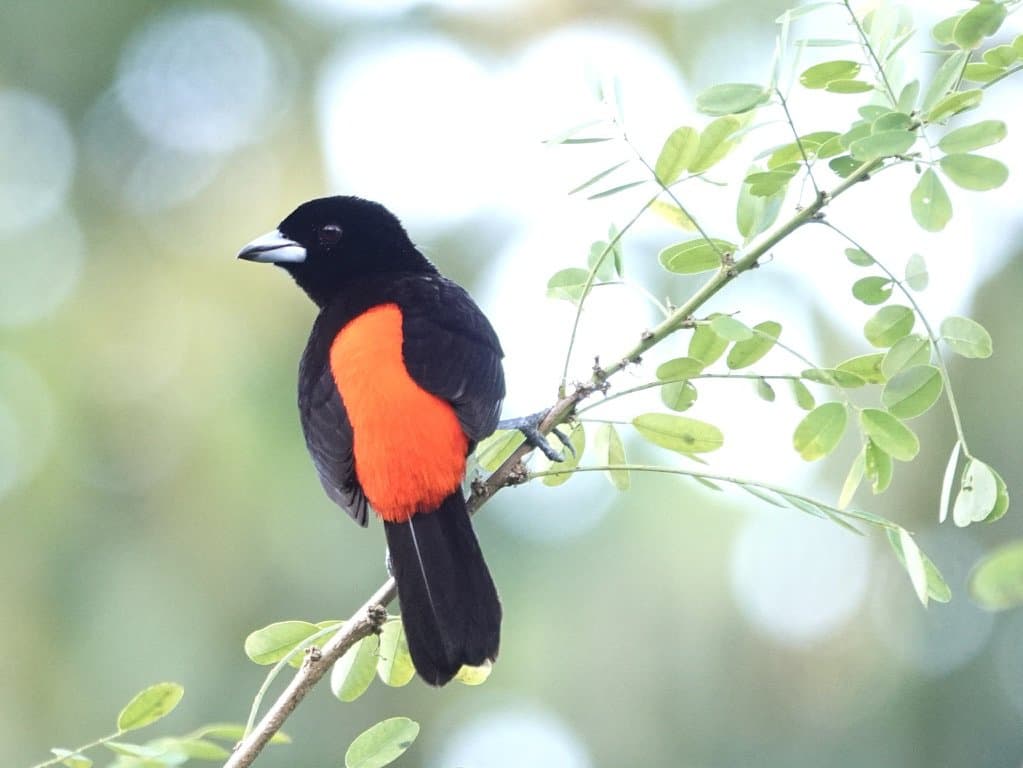
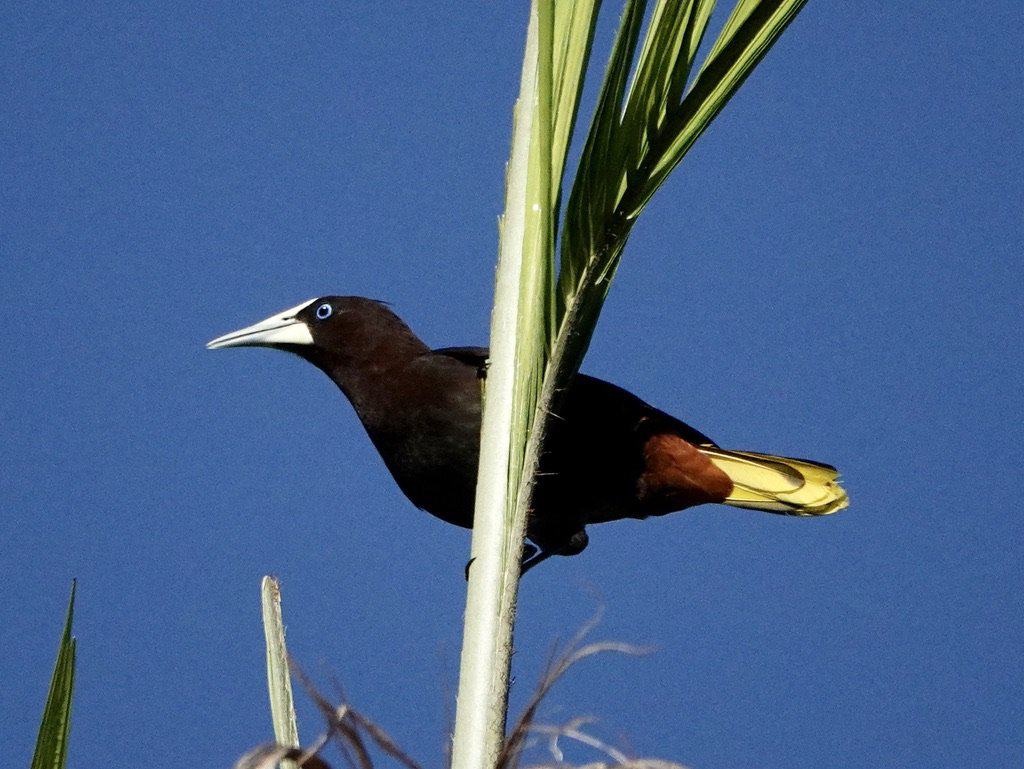
CLIMATE CHAOS UPDATE
Hope: A surprise U.S. Senate deal has set the stage unprecedented action on climate change. The bill, which should pass by mid-month, includes the biggest climate spending package in U.S. history, devoting hundreds of billions of dollars to clean energy technologies. The deal is aimed at slashing carbon emissions an estimated 40% from 2005 levels economy-wide by 2030. See https://tinyurl.com/2p8krbvm
Upcoming events: On August 8 at 7 pm, Jacob Rodenburg will be the guest speaker at 4RG Meets. Rodenburg is an award-winning educator and Executive Director of Camp Kawartha. He will help you refresh your connection to nature by introducing you to a whole suite of activities from his new book “The Book of Nature Connection: 70 Sensory Activities For All Ages”. From creating micro-trails to “drawing sound”, Rodenburg will explain how to bring all of your senses into play. Register for this Zoom event at https://tinyurl.com/3nhnm6fm
Carbon dioxide: The atmospheric CO2 reading for the week ending July 30 was 417.84parts per million (ppm), compared to 415.68 ppm a year ago. The highest level deemed safe for the planet is 350 ppm. Rising CO2 means more climate chaos and increasingly severe storms ahead.